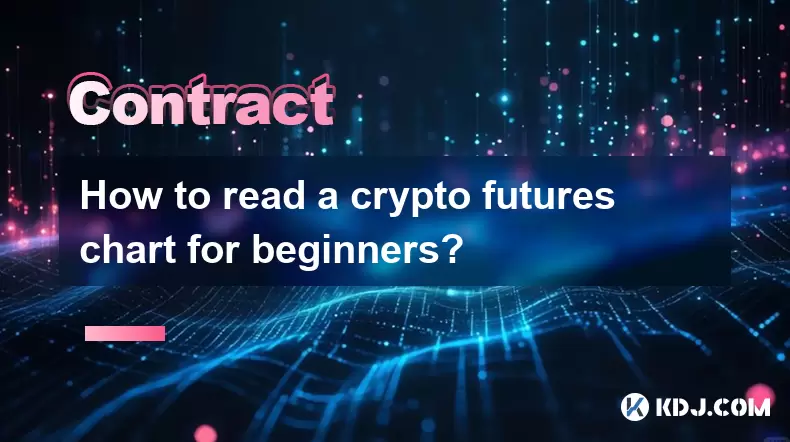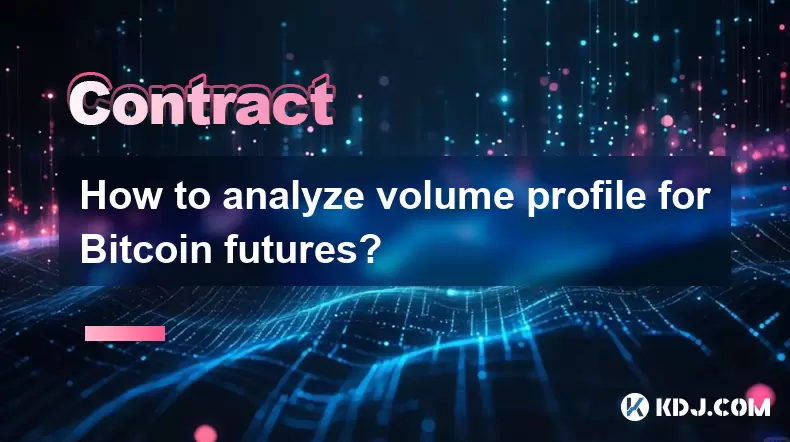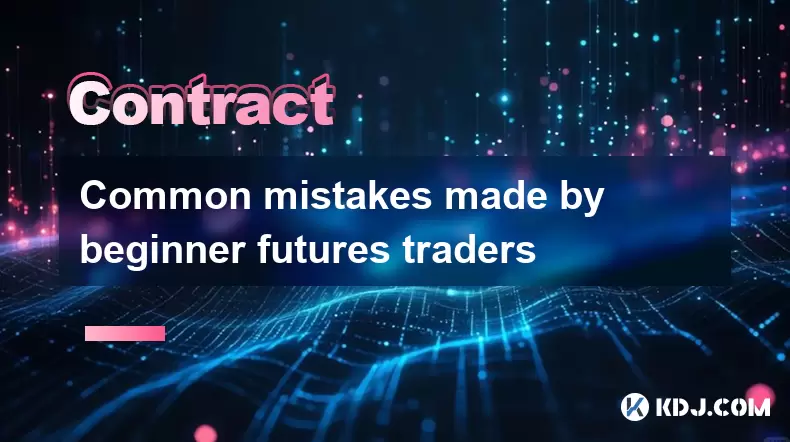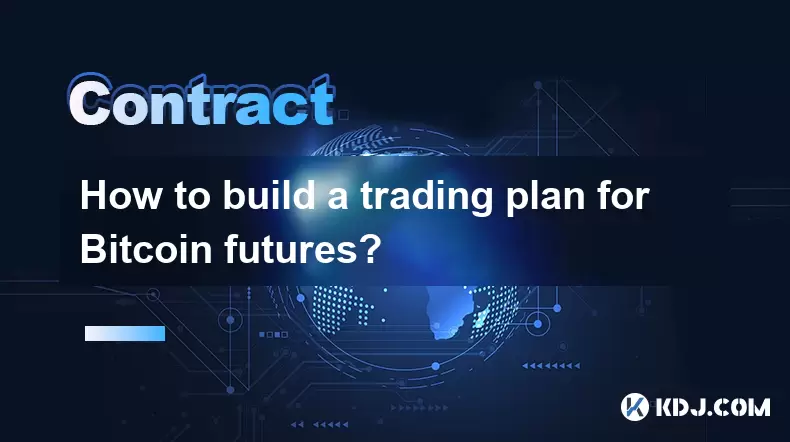-
 Bitcoin
Bitcoin $118,841.1054
1.02% -
 Ethereum
Ethereum $3,364.2689
7.44% -
 XRP
XRP $3.0337
3.93% -
 Tether USDt
Tether USDt $1.0004
0.04% -
 BNB
BNB $708.2059
2.49% -
 Solana
Solana $173.2385
5.74% -
 USDC
USDC $0.9999
-0.01% -
 Dogecoin
Dogecoin $0.2121
6.85% -
 TRON
TRON $0.3090
2.81% -
 Cardano
Cardano $0.7628
2.25% -
 Hyperliquid
Hyperliquid $46.8391
-2.08% -
 Stellar
Stellar $0.4537
0.15% -
 Sui
Sui $3.9529
-2.88% -
 Chainlink
Chainlink $16.6414
3.72% -
 Hedera
Hedera $0.2354
1.52% -
 Bitcoin Cash
Bitcoin Cash $499.1285
0.43% -
 Avalanche
Avalanche $22.6400
0.57% -
 Shiba Inu
Shiba Inu $0.0...01438
4.88% -
 UNUS SED LEO
UNUS SED LEO $8.8507
-0.64% -
 Toncoin
Toncoin $3.1498
2.35% -
 Litecoin
Litecoin $97.4954
1.21% -
 Polkadot
Polkadot $4.1541
1.50% -
 Monero
Monero $331.4406
-1.03% -
 Pepe
Pepe $0.0...01350
5.24% -
 Uniswap
Uniswap $8.9103
-5.01% -
 Bitget Token
Bitget Token $4.7540
4.51% -
 Dai
Dai $0.9999
-0.02% -
 Ethena USDe
Ethena USDe $1.0008
0.00% -
 Aave
Aave $322.3328
-1.63% -
 Bittensor
Bittensor $431.8026
-0.50%
How to read a crypto futures chart for beginners?
A crypto futures chart visually tracks price movements of cryptocurrency futures contracts over time, helping traders analyze trends and make informed decisions.
Jul 17, 2025 at 07:00 am

Understanding the Basics of a Crypto Futures Chart
Before diving into the technicalities, it's essential to understand what a crypto futures chart represents. A crypto futures chart is a visual representation of the price movements of a cryptocurrency futures contract over time. Unlike spot trading, which involves buying or selling actual assets, futures contracts allow traders to speculate on future prices without owning the underlying asset.
The x-axis typically shows time, while the y-axis displays the price. The most common type of chart used in futures trading is the candlestick chart, which provides detailed information about open, high, low, and close prices for a specific time interval. Each candlestick can represent minutes, hours, or even days depending on the selected timeframe.
Identifying Key Elements in a Candlestick Chart
Each candlestick contains four main components: open, close, high, and low. If the closing price is higher than the opening price, the candle is usually colored green or white (indicating a bullish movement). Conversely, if the closing price is lower than the opening price, the candle appears red or black (bearish movement).
The wick or shadow above and below the body of the candle shows the highest and lowest prices reached during that period. A long upper wick suggests rejection at higher levels, while a long lower wick indicates strong support at lower levels. Understanding these patterns helps beginners interpret market sentiment and anticipate potential reversals or continuations.
Choosing the Right Timeframe for Analysis
One of the first decisions a beginner must make when reading a crypto futures chart is selecting the appropriate timeframe. Common options include 1-minute, 5-minute, 15-minute, 1-hour, 4-hour, daily, and weekly charts. Shorter timeframes are more volatile and suited for day traders, whereas longer timeframes provide broader context and are ideal for swing or position traders.
It’s crucial to align your chosen timeframe with your trading strategy. For instance, if you're planning to hold a position for several days, analyzing a 4-hour or daily chart makes more sense than focusing on 1-minute fluctuations. Beginners should start with higher timeframes like the 4-hour or daily chart to reduce noise and better understand overall trends.
Recognizing Common Candlestick Patterns
Candlestick patterns offer valuable insights into potential price actions. Some of the most commonly observed patterns include:
- Doji: Indicates indecision in the market. It forms when the open and close prices are almost equal.
- Hammer: Suggests a potential reversal from a downtrend. It has a small body with a long lower wick.
- Shooting Star: Often signals a reversal from an uptrend. It features a small body with a long upper wick.
- Engulfing Pattern: Composed of two candles where the second candle completely engulfs the previous one. A bullish engulfing occurs after a downtrend, while a bearish engulfing appears after an uptrend.
Learning to identify these patterns can help beginners make informed decisions based on historical price behavior. However, it's important to combine candlestick analysis with other tools like volume and moving averages for confirmation.
Utilizing Volume and Indicators for Confirmation
Volume plays a critical role in validating price movements. High volume during a price increase suggests strong buyer interest, while high volume during a price drop indicates aggressive selling. On the other hand, low volume during a trend might signal weakness or lack of conviction.
In addition to volume, beginners can use basic technical indicators to enhance their understanding of the chart:
- Moving Averages (MA): Smooth out price data to identify trends. The 50-period and 200-period MAs are widely used.
- Relative Strength Index (RSI): Measures overbought (>70) or oversold (<30) conditions.
- Bollinger Bands: Show volatility by plotting standard deviations around a moving average.
These tools help confirm the strength of a trend or potential reversal points. Beginners should experiment with different combinations to find what works best for their trading style.
Navigating Order Book Depth and Market Sentiment
While candlestick charts show historical data, the order book depth reflects real-time supply and demand. Most crypto futures platforms display a depth chart alongside the price chart. This chart shows buy and sell orders at various price levels.
A thick buy wall indicates strong support, as many traders are willing to buy at that level. Conversely, a large sell wall suggests resistance. Monitoring order flow helps beginners gauge short-term price direction and potential breakouts.
Additionally, understanding market sentiment through social media, news, and on-chain metrics can complement technical analysis. Tools like fear and greed indexes or funding rates in perpetual futures contracts provide insight into whether the market is overly bullish or bearish.
Frequently Asked Questions
What is the difference between a futures chart and a spot chart?
A futures chart represents the price of a derivative contract that expires on a specific date, while a spot chart reflects the current market price of the actual asset. Futures charts may have slight discrepancies due to funding rates and expiration dates.
How do I know if a candlestick pattern is reliable?
Reliability increases when patterns form near key support/resistance levels or are confirmed by volume and indicators. Always look for confluence across multiple factors before making a trade decision.
Can I trade crypto futures without reading charts?
Yes, but it’s not advisable. Charts provide essential context about price action, trends, and market structure. Even fundamental traders benefit from understanding technical aspects.
Is it possible to automate analysis of crypto futures charts?
Yes, many platforms offer automated tools and bots that can analyze charts based on predefined strategies. However, beginners should first learn manual analysis before relying on automation.
Disclaimer:info@kdj.com
The information provided is not trading advice. kdj.com does not assume any responsibility for any investments made based on the information provided in this article. Cryptocurrencies are highly volatile and it is highly recommended that you invest with caution after thorough research!
If you believe that the content used on this website infringes your copyright, please contact us immediately (info@kdj.com) and we will delete it promptly.
- Coinbase's 'Base App': Your All-in-One Crypto Hub?
- 2025-07-17 12:30:13
- Raydium, RAY Repurchase, and Circulation: A Solana Ecosystem Powerhouse
- 2025-07-17 12:30:13
- California Dreamin' Web3: Coinbase, Ripple, and the Golden State's Crypto Embrace
- 2025-07-17 10:30:12
- Navigating the Base Ecosystem: Investment Targets and Strategic Restructuring
- 2025-07-17 10:50:12
- Whale Trading, Market Impact, and Cryptocurrency: Navigating the Waters
- 2025-07-17 10:50:12
- Trump, World Liberty Financial, and the WLFI Token: From Locked to Listed?
- 2025-07-17 10:55:12
Related knowledge

What is a stablecoin-margined contract vs a coin-margined contract?
Jul 15,2025 at 06:36pm
Understanding the Difference Between Stablecoin-Margined Contracts and Coin-Margined ContractsIn the world of cryptocurrency derivatives, margin plays...

How to analyze volume profile for Bitcoin futures?
Jul 17,2025 at 01:21am
Understanding Volume Profile in Bitcoin Futures TradingVolume profile is a crucial analytical tool used by traders to assess the distribution of tradi...

How to backtest a Bitcoin futures trading strategy?
Jul 15,2025 at 11:35am
Understanding Bitcoin Futures TradingBitcoin futures trading involves contracts to buy or sell Bitcoin at a predetermined price and date in the future...

Common mistakes made by beginner futures traders
Jul 17,2025 at 07:49am
Overleveraging Without Understanding the RisksOne of the most frequent mistakes made by beginner futures traders is overleveraging their positions. Fu...

Psychology of trading Bitcoin contracts
Jul 13,2025 at 02:50am
Understanding the Emotional Rollercoaster of Bitcoin Futures TradingBitcoin contract trading, especially in the form of futures, introduces a high lev...

How to build a trading plan for Bitcoin futures?
Jul 17,2025 at 08:42am
Understanding Bitcoin Futures TradingBitcoin futures are derivative contracts that allow traders to speculate on the future price of Bitcoin without o...

What is a stablecoin-margined contract vs a coin-margined contract?
Jul 15,2025 at 06:36pm
Understanding the Difference Between Stablecoin-Margined Contracts and Coin-Margined ContractsIn the world of cryptocurrency derivatives, margin plays...

How to analyze volume profile for Bitcoin futures?
Jul 17,2025 at 01:21am
Understanding Volume Profile in Bitcoin Futures TradingVolume profile is a crucial analytical tool used by traders to assess the distribution of tradi...

How to backtest a Bitcoin futures trading strategy?
Jul 15,2025 at 11:35am
Understanding Bitcoin Futures TradingBitcoin futures trading involves contracts to buy or sell Bitcoin at a predetermined price and date in the future...

Common mistakes made by beginner futures traders
Jul 17,2025 at 07:49am
Overleveraging Without Understanding the RisksOne of the most frequent mistakes made by beginner futures traders is overleveraging their positions. Fu...

Psychology of trading Bitcoin contracts
Jul 13,2025 at 02:50am
Understanding the Emotional Rollercoaster of Bitcoin Futures TradingBitcoin contract trading, especially in the form of futures, introduces a high lev...

How to build a trading plan for Bitcoin futures?
Jul 17,2025 at 08:42am
Understanding Bitcoin Futures TradingBitcoin futures are derivative contracts that allow traders to speculate on the future price of Bitcoin without o...
See all articles

























































































